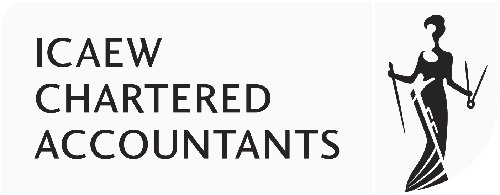UK and International Tax news
OECD Issues Reports On Pillar One and Pillar Two Blueprints For Consultation
Thursday 22nd October 2020
The OECD has issued updated reports on its two Pillar proposals addressing the tax challenges of the digitalisation of the economy for public consultation.
The OECD/G20 Inclusive Framework has released for consultation blueprints of the two-pillar approach which reflect convergent views on key policy features, principles and parameters for a future agreement. They also identify remaining political and technical issues where differences of views remain to be bridged, and next steps in the multilateral process.
Pillar One focuses on nexus and profit allocation, in particular new rules on where tax should be paid (“nexus” rules) and a fundamentally new way of sharing taxing rights between countries. The aim is to ensure that digitally-intensive or consumer-facing MNEs pay taxes where they conduct sustained and significant business, even when they do not have a physical presence, as is currently required under existing tax rules.
Pillar Two introduces a global minimum tax that would help countries address remaining issues linked to base erosion and profit shifting by MNEs.
The OECD has pointed out that the absence of a consensus-based solution, on the other hand, could lead to a proliferation of unilateral digital services taxes and an increase in damaging tax and trade disputes, which would undermine tax certainty and investment. Under a worst-case scenario, a global trade war triggered by unilateral digital services taxes worldwide and the failure to reach agreement could reduce global GDP by more than 1% annually.
The OECD also released a new economic impact analysis which shows the combined effect of the two-pillar solution under discussion. Up to 4% of global corporate income tax revenues, or USD 100bn of revenue gains annually, could result from implementation of the global minimum tax under Pillar Two. The analysis also shows that a further USD 100bn could be redistributed to market jurisdictions through Pillar One plans to ensure a fairer international tax framework.
The key elements of Pillar One comprise:
- a new taxing right for market jurisdictions over a share of residual profit calculated at an MNE group (or segment) level (Amount A);
- a fixed return for certain baseline marketing and distribution activities taking place physically in a market jurisdiction, in line with the ALP (Amount B); and
- processes to improve tax certainty through effective dispute prevention and resolution mechanisms.
Eleven building blocks have been identified as essential to the construction of Pillar One, and constitute the bedrock of the Blueprint.
While the technical work on the Pillar One building blocks has advanced, there remain a number of open issues on key features of the solution that can only be resolved through political decisions. These include scope, agreement on how much residual profit would be reallocated under the new taxing right, the scope of mandatory binding dispute resolution beyond Amount A, and the scope and application of Amount B.
Pillar Two addresses remaining BEPS challenges and is designed to ensure that large internationally operating businesses pay a minimum level of tax regardless of where they are headquartered or the jurisdictions they operate in.
It does so via a number of rules that seek to ensure minimum taxation while avoiding double taxation or taxation where there is no economic profit, cope with different tax system designs by jurisdictions as well as different operating models by businesses, ensure transparency and a level playing field, and minimise administrative and compliance costs.
An income inclusion rule (IIR) is proposed together with an undertaxed payments rule (UTPR) acting as a backstop. The operation of the IIR would be similar to traditional controlled foreign company rule principles and trigger an inclusion at the level of the shareholder where the income of a controlled foreign entity is taxed at below the effective minimum tax rate. It would be complemented by a switch-over rule that removes treaty obstacles from its application to certain branch structures and applies where an income tax treaty otherwise obligates a contracting state to use the exemption method.
There would also be a Subject to Tax Rule (STTR) which would apply to deny treaty benefits for certain deductible intra-group payments made to jurisdictions where those payments are subject to no or low rates of nominal taxation and thus help countries to protect their tax base, notably for countries with lower administrative capacities. To ensure tax certainty and avoid double taxation Pillar Two also addresses questions of implementation and effective rule coordination.
Each report reflects convergent views on many of the key policy features and principles and also identifies remaining technical, administrative and policy issues where divergent views remain to be bridged.
Interested parties are invited to send their written comments by 14 December 2020. Public consultation meetings are planned for January 2021 which are expected to assist members of the Inclusive Framework in further refining the package and addressing remaining issues.
If you would like further detail on the Reports and Consultation, please contact Keith Rushen on 0207 486 2378.
Contact Us


